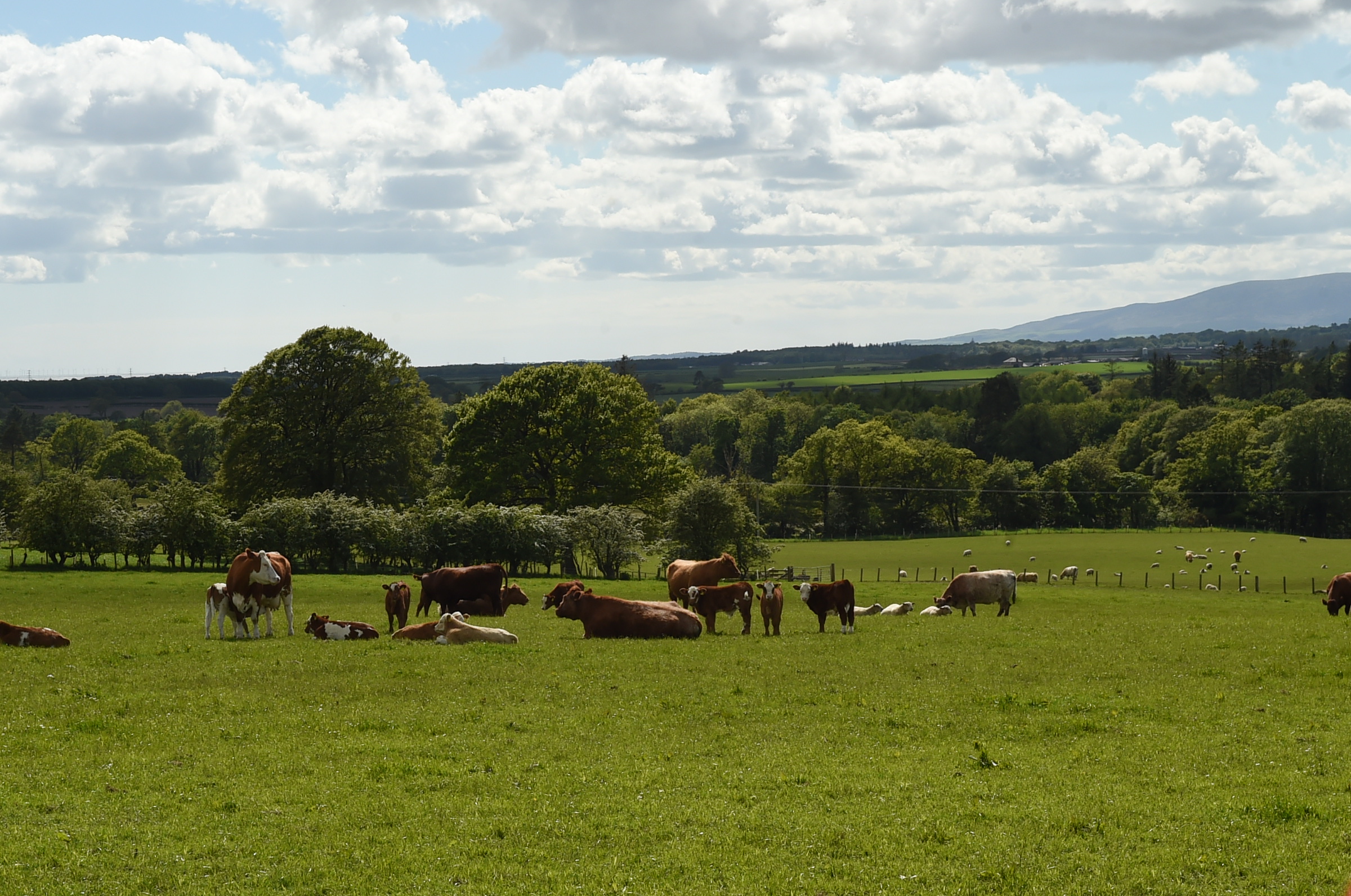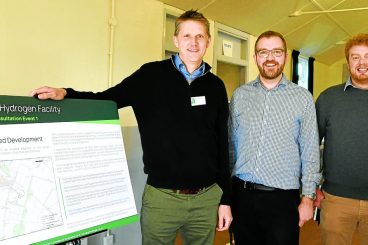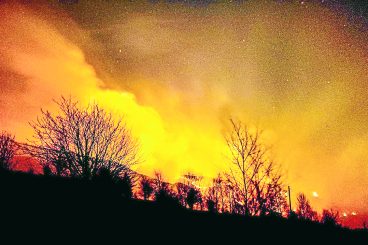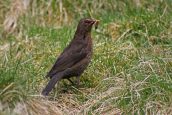A NEW partnership is being proposed to better manage the natural environment of the Criffel coastal area.
And land managers, farmers, foresters and gardeners around the Nith Estuary are being called on to join a Criffel Coast Nature Regeneration Partnership and work towards establishing a nature park locally and improving the biodiversity of the area.
It’s the brainchild of Jamie Blackett, from the Arbigland estate at Kirkbean, who said: “This is a ‘bottom up’ collaboration to attempt to make the local area much greater than the sum of its parts in wildlife terms. Local farmers and land managers will be in the driving seat and there will be no attempt to force anyone to do anything with their land that they don’t want to do, just practical advice and assistance in maximising opportunities for managing their natural capital.
“It will be a nature park not a ‘national park.’
“Nor is it an attempt to ‘re-wild’ the area, though there may well be opportunities for land managers to wild areas and be paid to do it.
“The emphasis will be not just on protecting what we have, but in increasing biodiversity not just for its own sake but in order to expand the local economy through nature based tourism and opportunities for small food producers.”
He says it would cover the ‘inner Solway’ area from the Urr Estuary to WWT Caerlaverock, excluding the town of Dumfries.
There have already been expressions of interest from individuals with landholdings totalling over 5000 acres, but Jamie says anyone living in the area with a garden, or even a window box, may join the partnership, as well as local schools.
He added: “There is the potential for a very strong partnership with a deep collective knowledge of conservation that can be shared.
“Coming together collaboratively would help spread knowledge and ideas.”
He envisages lectures, open days and the formation of volunteer teams to carry out practical jobs, like protecting lapwing nests from badgers with temporary electric fences or assisting with predator control by grey squirrel trapping.
Other ideas include better management of burns by fencing off water margins to aid salmon/sea trout; planting of orchards for bullfinches;
planting wildflower meadows along verges and in cemeteries for bees and butterflies; conservation grazing in woodland and rough areas with cattle, pigs and horses; paying farmers to allow hedges to grow and bear more blossom and fruit to increase yellowhammers and other birds; more ponds to increase frogs, toads; and nesting boxes to aid barn owls and other species.
Jamie added: “By focussing on specific habitats, it should be possible to expand the range of certain species and allow at risk species to build to critical mass.
“There is a biodiversity crisis affecting many iconic species once common in the area, such as lapwings, curlews, kestrels, red squirrels and natterjack toads. Other species that could and should be here, such as water voles, storks, cranes and shrikes, are missing altogether. “Lessons learnt from the regenerative agriculture movement and from ‘wilding’ can be applied to great effect but these can be costly and are only really effective if applied at ‘landscape’ scale, hence the need for collaboration.”
For more information email [email protected].






















